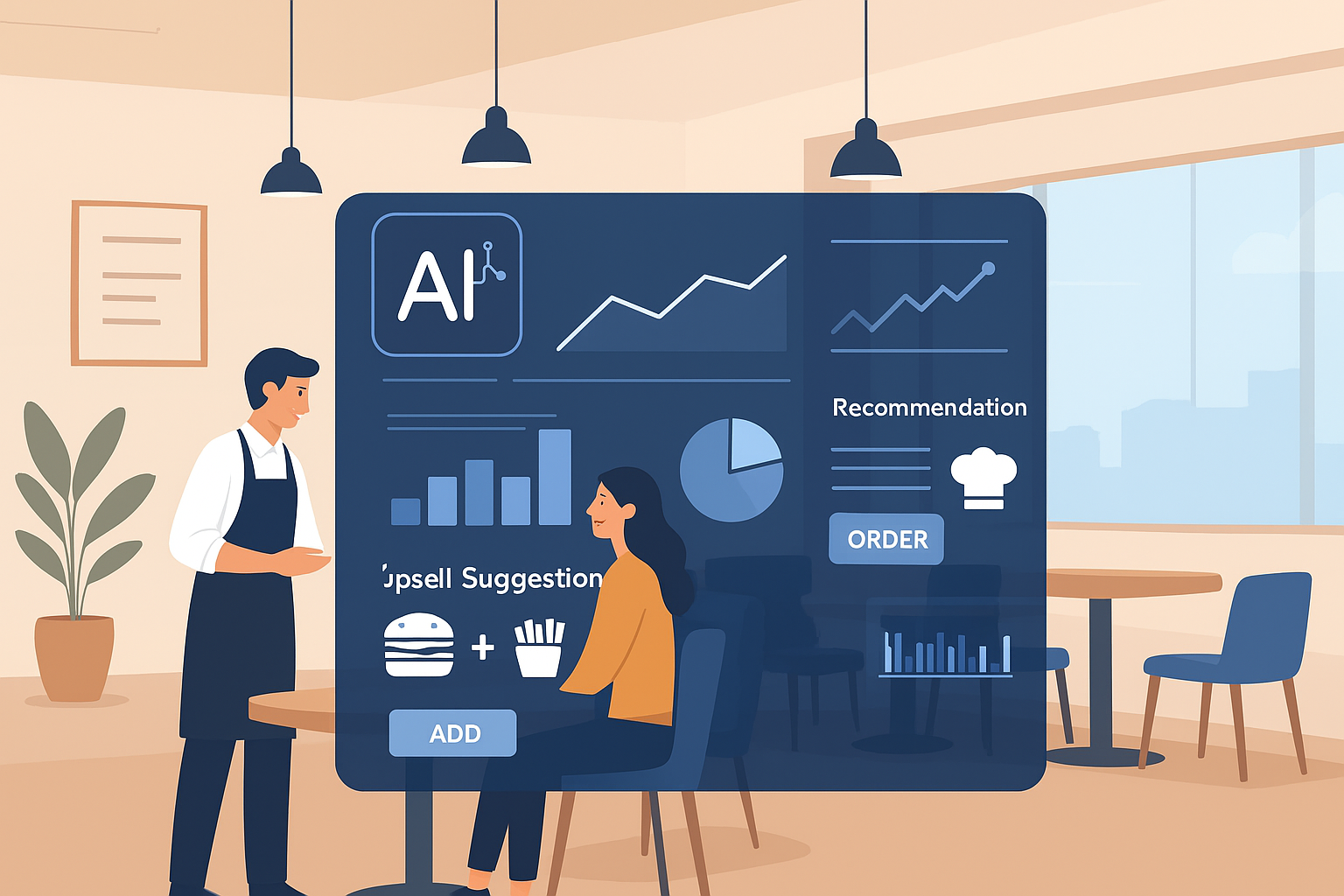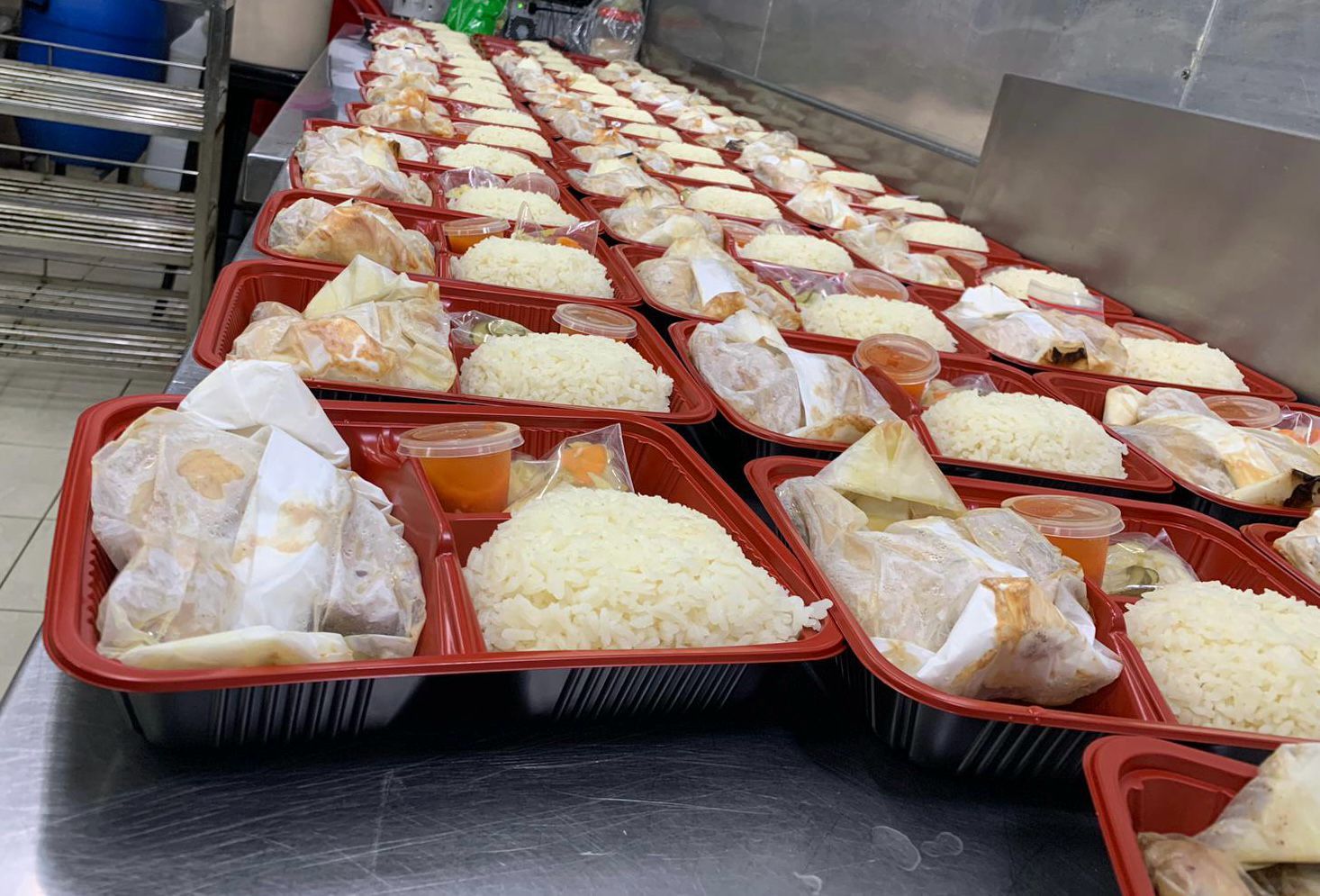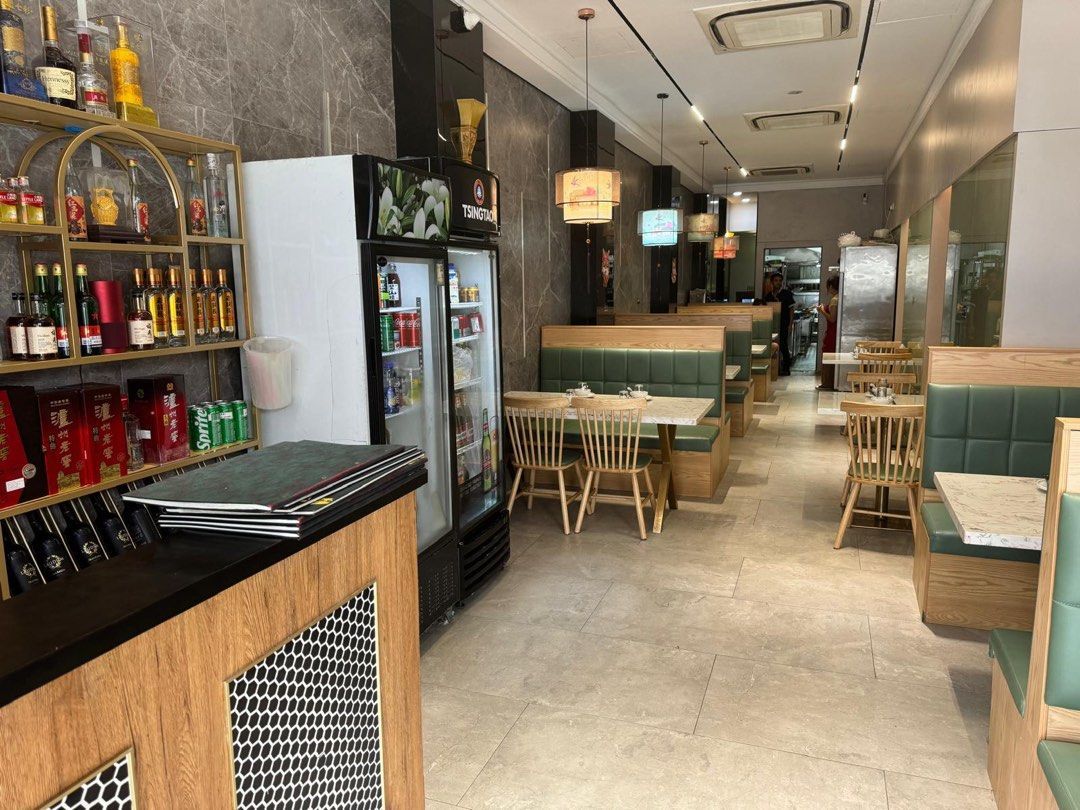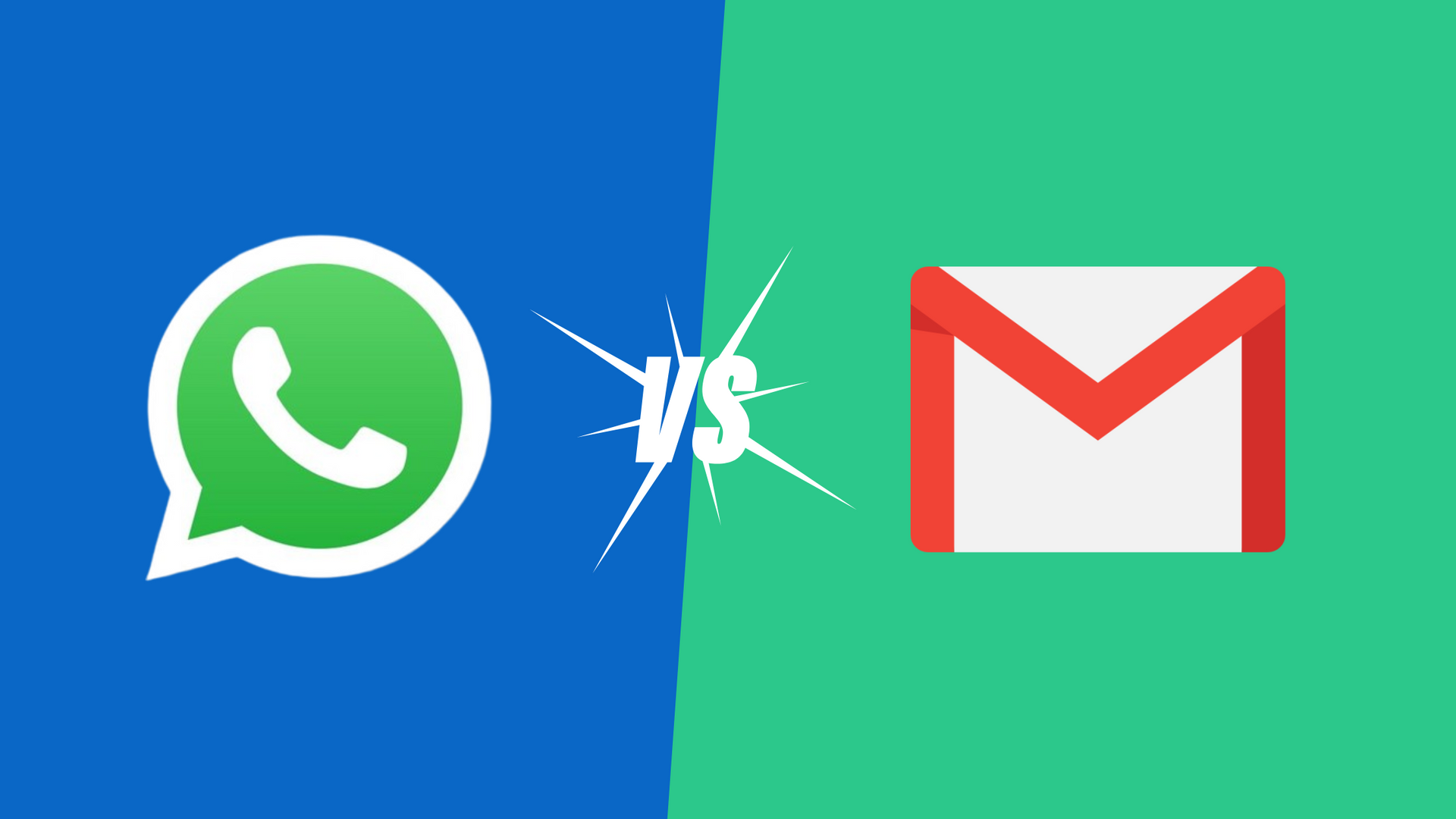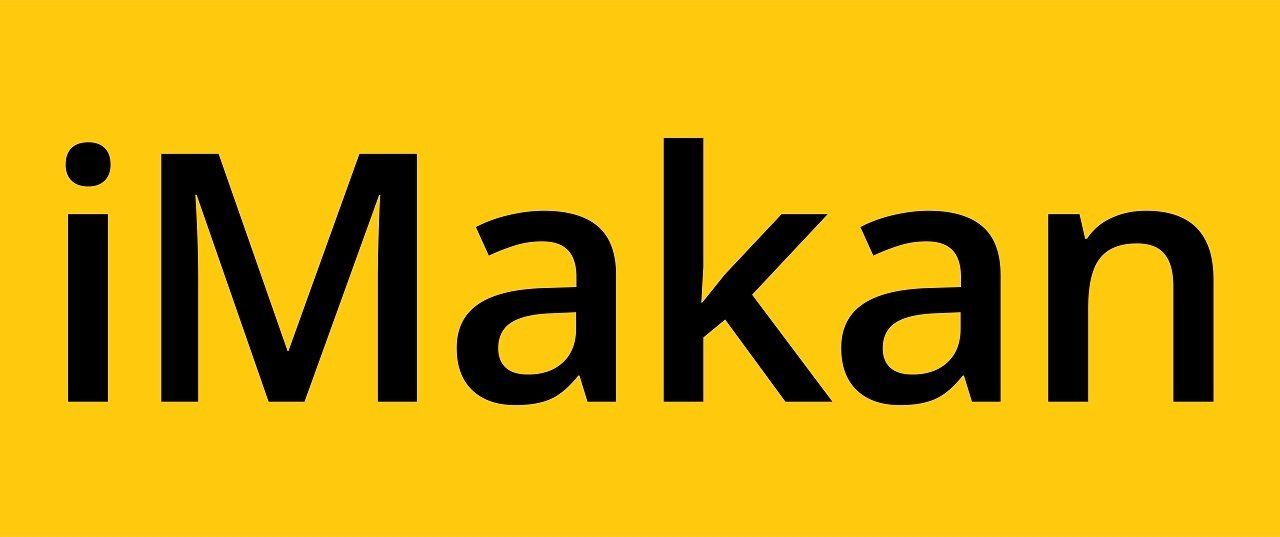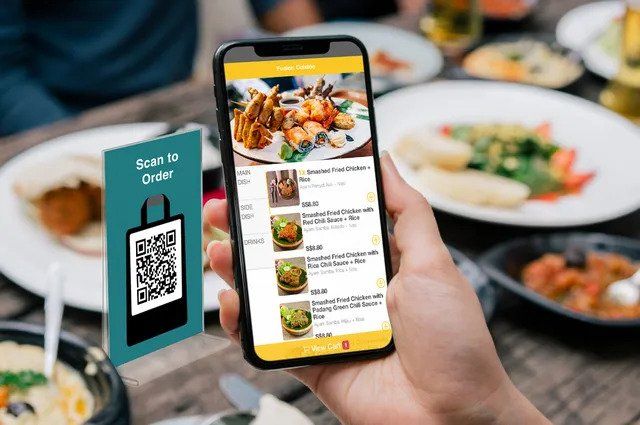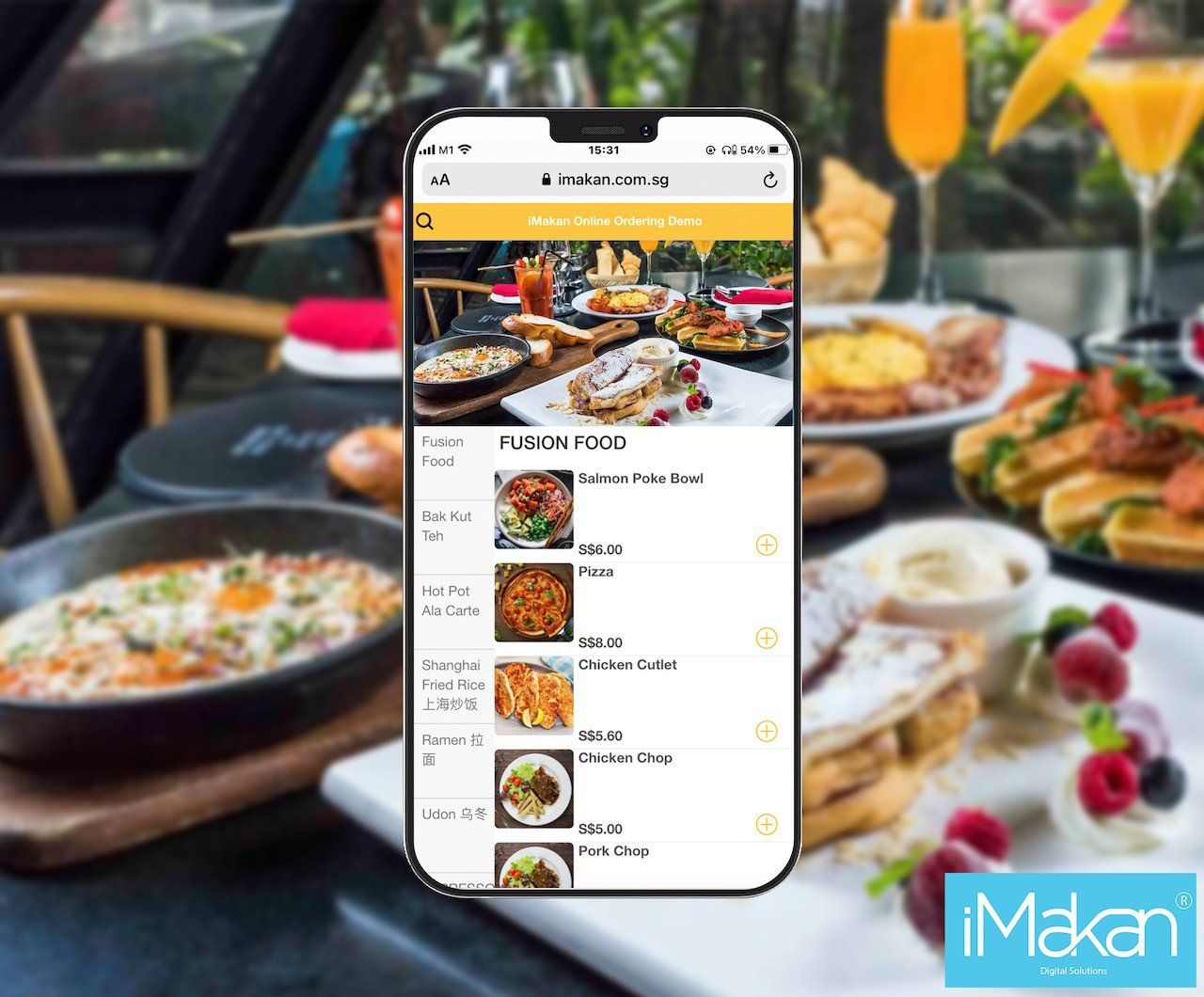
QR ordering systems are most commonly seen in F&B outlets that offer the option to dine in. Even so, QR ordering systems are actually applicable to most, if not all F&B concepts.
What is QR ordering?
QR ordering systems are digital tools that help F&B businesses boost their productivity while lowering labour costs by providing a platform for their customers to self-order.
Contrary to table iPad ordering or self-ordering kiosks, QR ordering systems do not require heavy hardware investments. Those hardwares will incur inevitable hardware maintenance costs as wear and tear sets in.
How does QR ordering systems work?
To place an order, customers simply use their smartphones to scan a ordering QR code at your F&B outlet which directs them to your digital menu. From there, your customers browse an intuitive digital menu filled with high resolution pictures and item descriptions, helping them to better understand what your F&B business offers.
On top of that, automatic add on suggestions will help you upsell to your customers at every opportunity to increase average bill sizes.
How to implement QR ordering in your F&B concept?
Restaurants
This is where QR ordering systems are usually adopted. The labour cost savings is the main reason why QR ordering systems are well received in restaurants.
In restaurants, ordering QR codes are placed on tables for customers to scan with their smartphone and self order. The orders linked to an order management system, often a POS system. The orders are then categorised and sent to its respective kitchen sections to be printed out through a kitchen printer or displayed on a kitchen display solution.
In order to boost order security, to prevent fraudulent or “ghost” orders where orders are placed by a user that is not in store, some restaurants opt to have a dynamic QR code.
A dynamic QR code is one that changes once the customer has been billed after their meal. This prevents users who are not in your restaurant’s premises from sending, resulting result in food wastage.
Apart from in your restaurant, QR ordering can also be implemented for your queues. This allows your customers to browse your menus and save their orders to cart while in the queue. The orders will only be sent to the kitchen once your customers have been seated. This will help you increase table turnover rate by reducing the time taken for customers to browse and place order at the tables, in turn, increasing your revenue.
Cafe with dine in concept
QR ordering systems are not limited to dine first pay later restaurants. They can be seamlessly adopted by cafes that offer the option to dine in. Your customers simply scan a QR code in your cafe to browse your digital menu and place orders.
Your customers will then make payment online, or pay at the counter before the orders are sent to an order management device. The device then breaks up and forwards orders to its respective kitchen sections.
You could choose to adopt a TV numbering system which helps you manage food collection with ease. Your customers will also be updated with their order status on the TV screen under the “preparing” and “ready” sections.
Takeaway food kiosks
If takeaway is the only option for your F&B business, QR ordering system can still be adopted to save on order taking manpower, and accommodate more orders during peak hours.
Simply put up ordering QR codes around your takeaway food kiosk for customers to scan and self order through their smartphones. By doing so, your customers need not queue up to place their orders from your staff, allowing you to accept high order volumes simultaneously, thus, breaking the ordering bottleneck. On top of that, customers will receive live updates on their order status through the ordering page.
This gives your customers to freedom to shop around while waiting for their orders. Once the order is ready for collection, customers will be updated through the order confirmation page or via SMS notification.
Getting onboard QR ordering
Adopting QR ordering systems at your F&B outlets brings more benefits than just labour cost savings. Increased bill sizes and better customer experience are also benefits that iMakan’s customers have highlighted.
To enjoy similar gains in your F&B business, contact iMakan by dropping us your contact details below, and will will be in touch to arrange a free demo on our QR ordering system.
